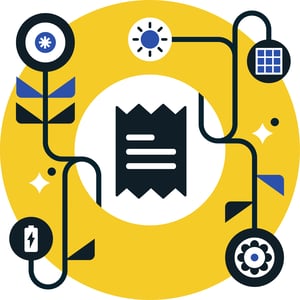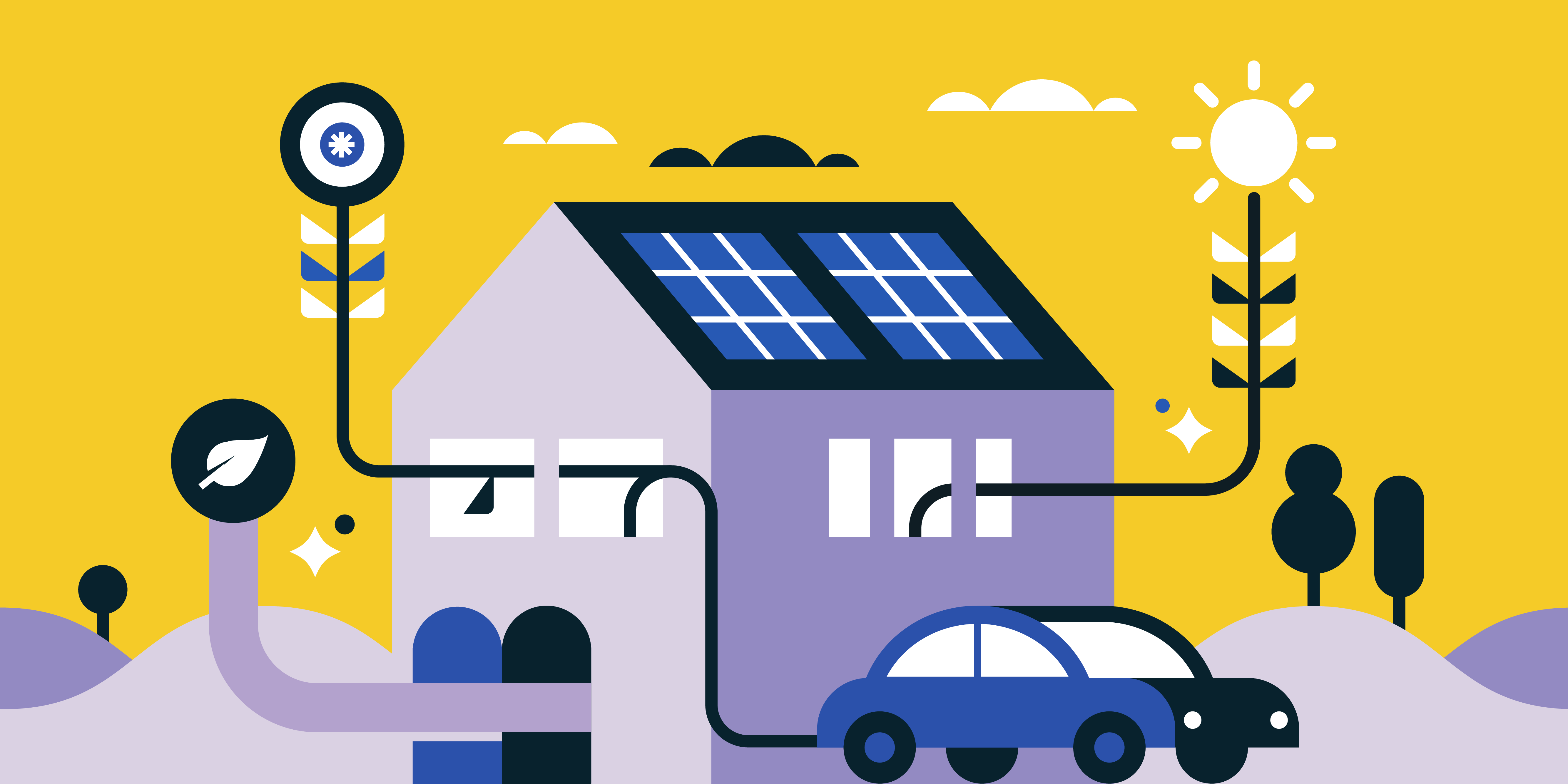Why it isn't always easy being green
You want to reduce your impact on the environment. But sometimes, as an individual, this can seem really tough, perhaps even futile. It isn’t always easy being green.
So, here we consider the challenges to creating a greener, more energy-efficient household, and how to overcome them.
A lack of information
Most people don’t understand their energy consumption. Studies have shown it’s common to overestimate how much electricity is consumed by low-energy consuming appliances and underestimate the consumption of high-energy appliances.
Many people also tend to sweat the small stuff before tackling the bigger issues.
There are also plenty of myths and misconceptions to grapple with. Green technology is evolving quickly and this has created some confusion. For example, some people still think of LEDs as being too pricey and unreliable, without realising that the technology has improved dramatically in recent years, and costs have come down too.
Thankfully, there is plenty of jargon-free information out there to help people make the right choices about energy saving, including sources like Which?, Citizens Advice, Energy Saving Trust and the Loop blog.
It’s expensive
If you can afford the initial financial outlay, an important step towards creating a more energy-efficient home is to replace your appliances with modern, eco alternatives. Sites like toptenuk.org will help you choose the most efficient equipment.
As heating accounts for about 55% of the average energy bill, this would be a good place to start. If you live in a detached house and have an old G rated gas boiler, you could save £315 a year by upgrading to a new A-rated condensing boiler with a programmer, room thermostat and thermostatic radiator controls. But you’ll need to spend around £2,300 to make that saving.
But of course, there are still plenty of energy-saving steps that you can take if you can’t afford a large initial investment.

Smart meters let you down
Many people’s efforts to make their homes more energy-efficient have centred around smart meters. But frustratingly, while smart meters have helped in some households, that’s not always the case.
Research from consumer champion Which? has shown that only a third (34%) of smart meter owners think their gas and electricity use has reduced since they had a smart meter installed.
However, there's a simple way to get more from your smart meter - link Loop for free. Using your smart meter data, Loop lets you monitor and understand how you use electricity, and can then help you to make smart decisions about where you can use less, offering practical advice and insight, personalised to you.
It’s too much of a hassle
One of the best ways to take control of your home energy consumption is to ensure you are with the right supplier.
Switching energy providers isn’t just for the budget-conscious. An increasing number of green suppliers offer tariffs providing 100% renewable electricity.
Many people believe all energy deals are all the same; that they can’t switch online; and that it will be too much hassle. But none of this is true – so get switching today.

You’re in a minority
It’s hard to create a green home if other members of your household simply don’t care.
They may not appreciate the value of investing in green technology, for example, or be less willing to take the small steps that can make a difference to your energy use.
But you often need everyone’s buy-in and help to create an energy-efficient home.
If you have children, try starting with them. They often make willing energy-efficiency helpers.
You rent
An increasing number of homes are rentals, which are less likely to be energy efficient than owner-occupied properties.
So-called ‘split incentives’ deter some landlords from implementing energy-efficient measures in their properties; the landlord has to make the investment, but it’s the tenant who benefits financially.
There has been some progress. New regulations mean that owners of rented homes rated in the worst energy bands, F and G, must upgrade them to band E. But it remains more challenging to be more energy efficient in a rented property.
The trick is to do your best to choose an energy-efficient rental in the first place. Just like a home-buyer, you’re legally entitled to see the property’s Energy Performance Certificate (EPC) – which you should check over very carefully – and when you visit the place, you should make some of the same energy-efficiency checks as a home-buyer.
You live in an old house
If you live in an older home, it might seem a daunting challenge to make it more energy-efficient. But Historic England, which knows a thing or two about older dwellings, says that common assumptions about poor energy performance - and the need for radical upgrades - aren’t always justified.
Older homes are different though, and you can unwittingly do more harm than good. Thankfully help is at hand. Historic England has produced a guide to help owners of older buildings improve their energy efficiency, and help is also available from the Sustainable Traditional Buildings Alliance.
Don’t despair
It isn’t always easy being green, in or out of the home.
But the rewards are great. You won’t just reduce your environmental impact and energy bills, but you’ll feel good for it too: research has shown that taking action to help the environment enhances your feeling of well-being and if that action is difficult or expensive, you might feel even better.
• • •
With Loop, you can find out how you use electricity, then make smart decisions about using less - click here to find out more. We have a risk-free, no-quibble, money-back guarantee as standard, so what's to lose...apart from some £££ from your bills and some weight from your carbon footprint?







